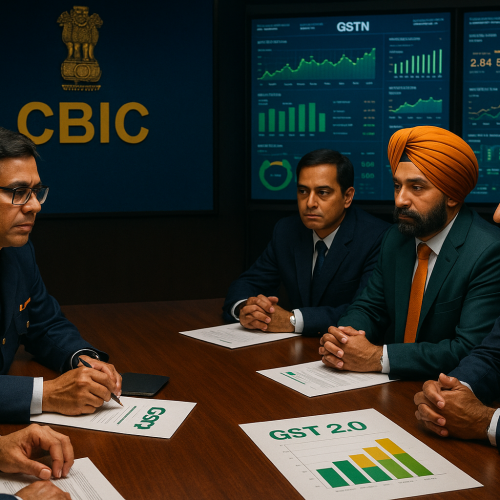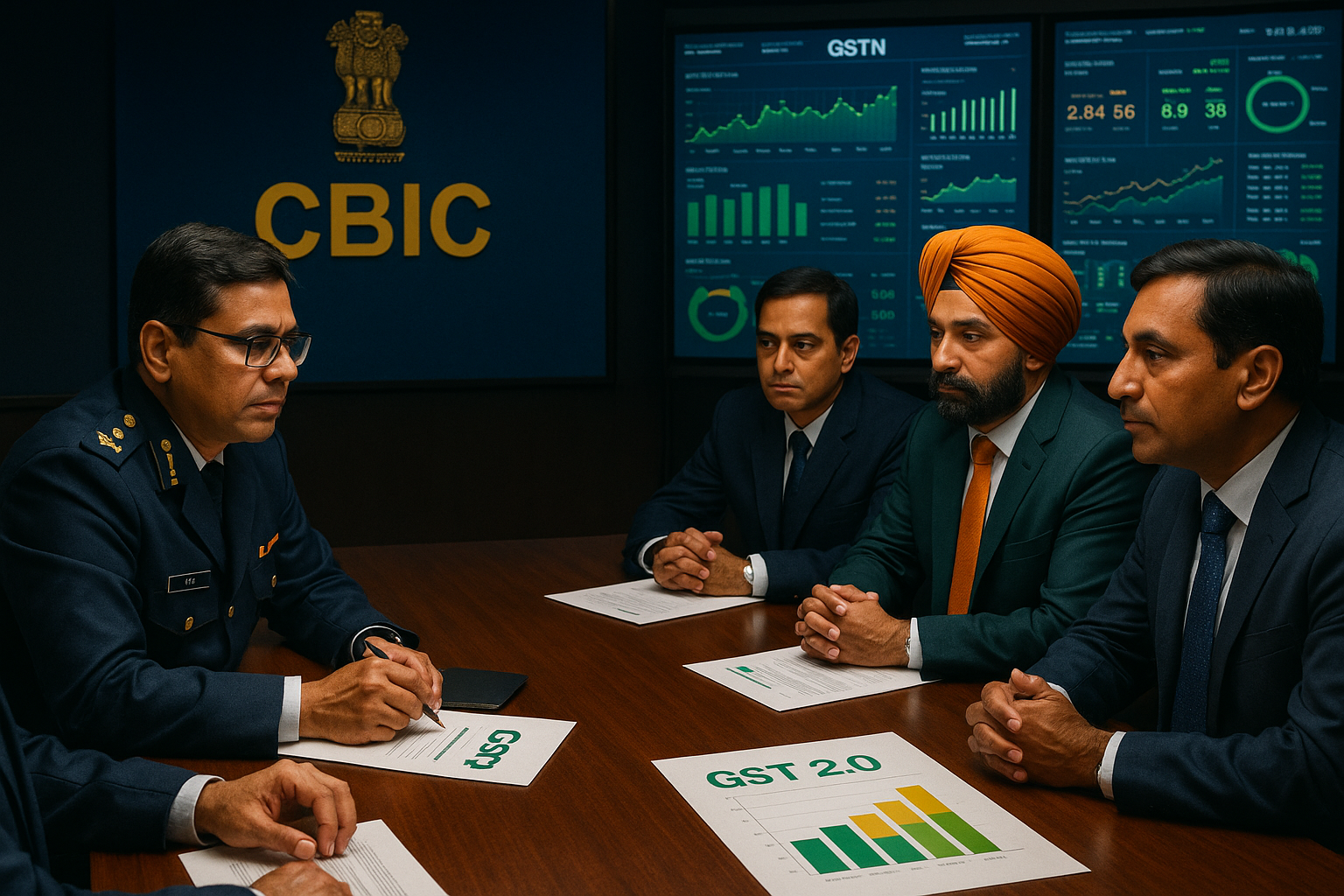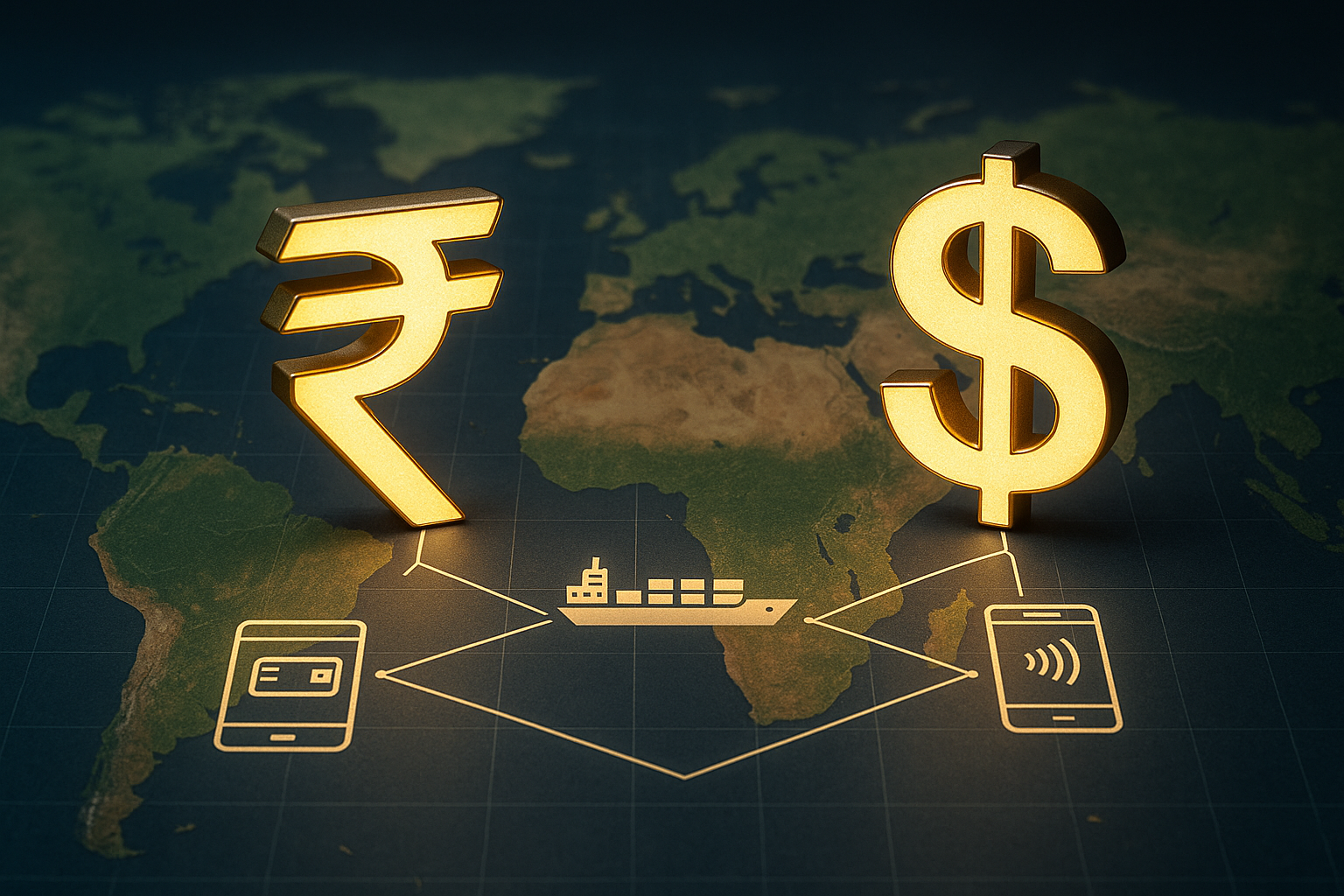As India accelerates toward becoming a $5 trillion economy, financial inclusion remains a national imperative. The government, regulators, banks, NBFCs, and fintechs are focusing on expanding access to savings, credit, insurance, and digital payments for underserved and unbanked populations. Microfinance institutions (MFIs), aided by digital infrastructure and favorable regulations, are at the forefront of this push, helping low-income households participate in the formal financial ecosystem. This article explores the momentum behind microfinance expansion, public-private collaboration, digital enablement, and the transformative impact of inclusion.
Background and Context
India has made substantial progress in financial inclusion through initiatives like:
Pradhan Mantri Jan Dhan Yojana (PMJDY) – Over 52 crore accounts opened since 2014.
Direct Benefit Transfers (DBTs) – Over ₹30 lakh crore transferred via Aadhaar-enabled systems.
Aadhaar, UPI, and Account Aggregator frameworks – Enabling frictionless onboarding and transaction capabilities.
Despite these advances, over 190 million Indian adults remain underbanked or excluded from formal financial services (World Bank, 2024). Women, migrant workers, smallholder farmers, and micro-entrepreneurs in rural and peri-urban areas are particularly underserved.
This is where Microfinance Institutions (MFIs) and small finance banks (SFBs) play a crucial role—bridging the gap with small-ticket loans, recurring deposits, and doorstep services.
Key Drivers of Financial Inclusion in 2025
1. Digitization of Microfinance Operations
MFIs are leveraging digital tools for:
eKYC onboarding
Mobile repayment collection
AI-based credit scoring
Real-time borrower monitoring
Players like Svatantra Microfin, CreditAccess Grameen, Jana Small Finance Bank, and Satya MicroCapital have digitized >80% of loan processing.
2. Government and Regulatory Support
RBI’s harmonized MFI guidelines (2022) removed interest rate caps and allowed universal pricing, boosting MFI viability.
Priority Sector Lending (PSL) mandates ensure steady credit flow to MFIs and small borrowers.
Mudra loans crossed ₹23.2 lakh crore in disbursements to over 40 crore beneficiaries as of March 2025.
3. Financial Literacy and Inclusion Metrics
Institutions now track:
% of women borrowers
Credit access in Tier 3-6 towns
Digital literacy and repayments via UPI
Uptake of micro-insurance and pension plans like Atal Pension Yojana
Leading Institutions and Fintech Collaborations
Top Microfinance Lenders:
Bandhan Bank
CreditAccess Grameen
Spandana Sphoorty
Fusion Microfinance
Saija Finance
Fintech-MFI Tie-Ups:
KreditBee, Indifi, and Lendingkart partner with NBFC-MFIs for alternate credit scoring and digital loan origination.
PayNearby and FINO Payments Bank offer assisted financial services in rural India through agent networks.
“With digital underwriting, we’ve reduced turnaround time from 5 days to 6 hours,” says Rohit Shah, CTO at a leading NBFC-MFI.
Impact on Underserved Communities
Women’s Empowerment: Over 90% of MFI borrowers are women, many using funds for livestock, tailoring, food retail, and tuition services.
Job Creation: Micro-loans have helped set up over 1.3 crore small businesses in 2024–25 alone.
Rural Resilience: Access to credit smooths consumption, especially during lean agricultural periods or emergencies.
Social Media Reactions and Voices
@IndiaInclusiveFin:
“Microfinance is more than a loan—it’s an entry into the formal economy. Women borrowers lead the way. #FinancialInclusion #MicrofinanceIndia”
@FinDevWatchIN:
“With UPI + eKYC, MFIs are digitally empowered. Rural borrowers can now access credit in 3 hours, not 3 days. #FintechForGood”
@RBIUpdates:
“Financial inclusion is a pillar of stability. RBI will continue supporting SFBs, MFIs, and fintechs that deepen credit access. #InclusionFirst”
Challenges and Risks
Over-Indebtedness: Multiple loans from different lenders without credit bureau sync can trap borrowers in debt cycles.
Operational Risks: Cash collections in rural areas still expose MFIs to fraud and leakage risks.
Climate Vulnerability: Droughts, floods, or crop failures can directly affect borrower repayment capacity.
Regulatory Balancing: Too much deregulation risks credit abuse; too much control limits access.
Future Outlook
The next phase of inclusion will be driven by:
AI-powered alternate credit models using mobile usage, satellite crop data, and behavioral analysis.
Expansion of Jan Suraksha schemes (pension, insurance) via fintech-microfinance integrations.
RBI’s possible Digital Public Credit Registry (PCR) to prevent over-lending and bring transparency.
Emergence of “Neo-MFIs” – digital-first MFIs using BaaS infrastructure to serve remote populations.
Conclusion
The evolution of microfinance from manual group lending to AI-powered digital credit delivery marks a significant shift in India’s financial inclusion journey. As NBFC-MFIs, fintechs, and policymakers collaborate to build a more inclusive ecosystem, the goal is clear: to ensure every Indian, regardless of geography or income, can access and benefit from formal financial services. The task ahead is to scale responsibly, protect the vulnerable, and make finance truly inclusive.












